Pairing shrimp with oysters and seaweed reduces nitrogen levels, making shrimp farming more sustainable and profitable, study finds
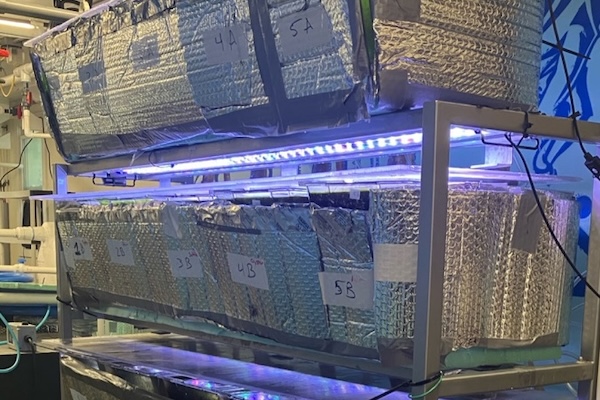
A new study from the University of New Hampshire has found that integrating farmed shrimp with oysters and seaweed in integrated multi-trophic aquaculture (IMTA) systems significantly reduces nitrogen levels. This could make shrimp farming more responsible and potentially support the growth of the U.S. industry.
Driven largely by demand in developed countries, shrimp farming has grown rapidly in subtropical and tropical parts of Asia and the Americas. However, shrimp farming also has significant environmental impacts, including increased ammonium levels that cause harmful algal blooms (HABs) and oxygen-depleted dead zones.
“Much of the shrimp we consume comes from overseas, where they don’t need to follow the same environmental regulations as we do here in the U.S.,” said Elizabeth Martin, a graduate student in the marine biology program at UNH’s College of Life Sciences and Agriculture (COLSA). “And shrimp is also one of the highest valued seafood imports for the U.S., so developing a local industry would help reduce reliance on these overseas markets.”
As part of her research, Martin is studying IMTA systems that pair farmed shrimp with water-filtering species, like oysters, to determine if the grouping will cut down on the amount of ammonia – a form of nitrogen – and phosphorus that remains in the water as part of the farming process.
In natural environments, shellfish help clean the water by filtering out excess nutrients. Martin tested if a similar method could work in a closed farming system, using native oysters and non-native red seaweed to grow alongside Pacific white shrimp. This setup cleans the water and could provide extra income for fish farmers.
“We had three treatments – shrimp with the seaweed, shrimp with the seaweed and an oxygenator and shrimp with the seaweed and oysters,” said Martin. “And what we found was that the final treatment, the shrimp with the seaweed, which absorbs and stores nitrogen, and the oysters resulted in a reduced level of nitrogen (including ammonia, nitrite and nitrate) over time.”
Martin found that the oysters help control nitrogen production, resulting in significantly lower levels over 30 days compared to other treatments. This method can grow shrimp more sustainably and produce marketable seaweed and oysters.
Ocean acidification isn’t just a carbon story – it’s also about nitrogen
Moreover, these products can diversify aquaculture farm revenue and benefit the environment. Though challenges like regulatory issues and unique environmental concerns in the U.S. exist, this study offers a pathway for more sustainable practices, potentially adoptable in regions like New England.
“[Martin’s] research is significant as it demonstrates a novel IMTA approach to culture shrimp in a closed recirculating aquaculture system,” said Michael Chambers, a research associate professor with the UNH School of Marine Science and Ocean Engineering and Martin’s graduate advisor. “In this manner, shrimp could be grown inside a barn, greenhouse or even a basement to provide fresh seafood to local restaurants at a premium price.”
Now that you've reached the end of the article ...
… please consider supporting GSA’s mission to advance responsible seafood practices through education, advocacy and third-party assurances. The Advocate aims to document the evolution of responsible seafood practices and share the expansive knowledge of our vast network of contributors.
By becoming a Global Seafood Alliance member, you’re ensuring that all of the pre-competitive work we do through member benefits, resources and events can continue. Individual membership costs just $50 a year.
Not a GSA member? Join us.
Author
Related Posts
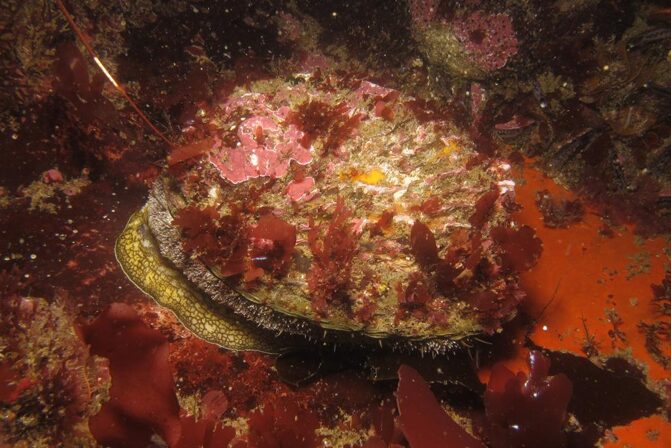
Responsibility
Integrated multi-trophic aquaculture systems and circularity assessment
New methodology evaluates IMTA systems from a circularity perspective, quantifying benefits for bioremediation of nutrients and efficient resource use.
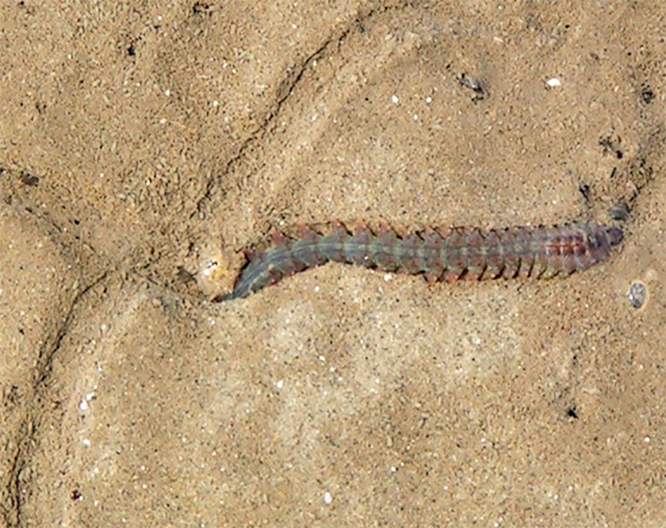
Responsibility
Nutrient recovery from shrimp farming with combined integrated multitrophic aquaculture of polychaete worms, saltworts
Evaluation of IMTA designs showed a single polyculture tank with ragworms and saltwort had best bioremediation performance and biomass production.
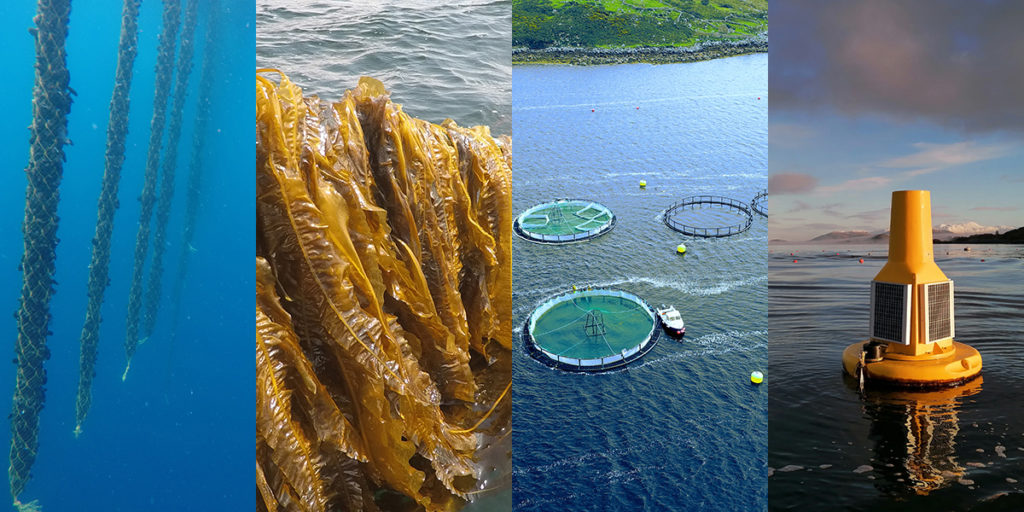
Responsibility
Conscious coupling: Can IMTA gain a foothold in Europe?
Integrated multitrophic aquaculture (IMTA) isn’t widely practiced in Europe but new findings indicate that farming multiple species on one site can work.
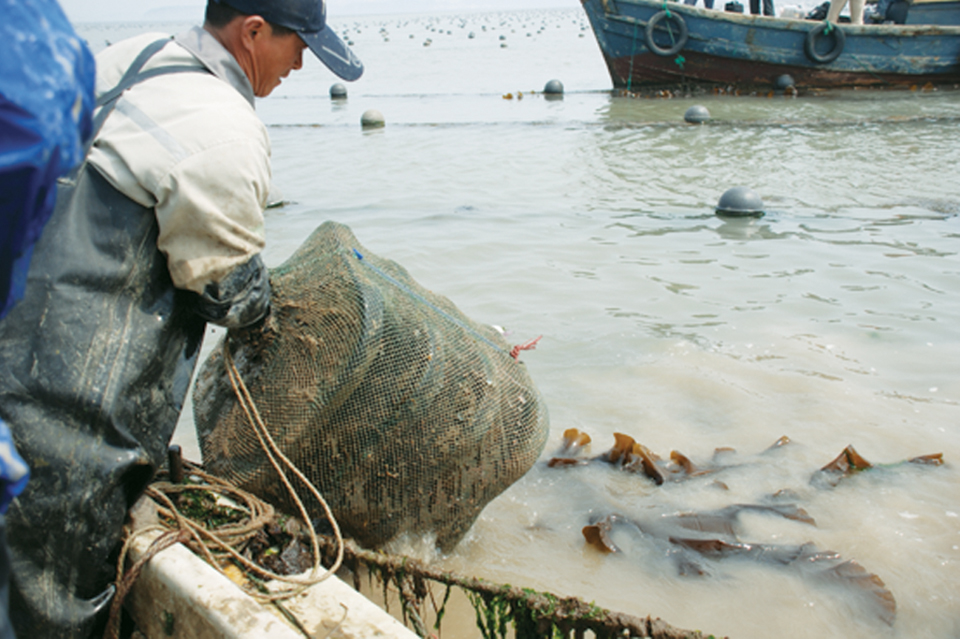
Responsibility
Sea cucumbers enhance IMTA system with abalone, kelp in China
In the authors’ recent study, sea cucumbers were added directly to abalone cages with no modifications of the culture equipment to form a simple, low-cost IMTA production system.



